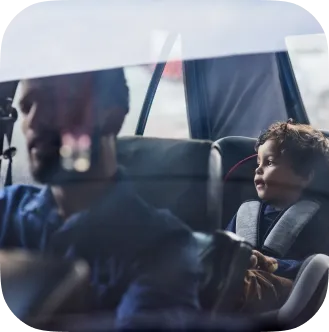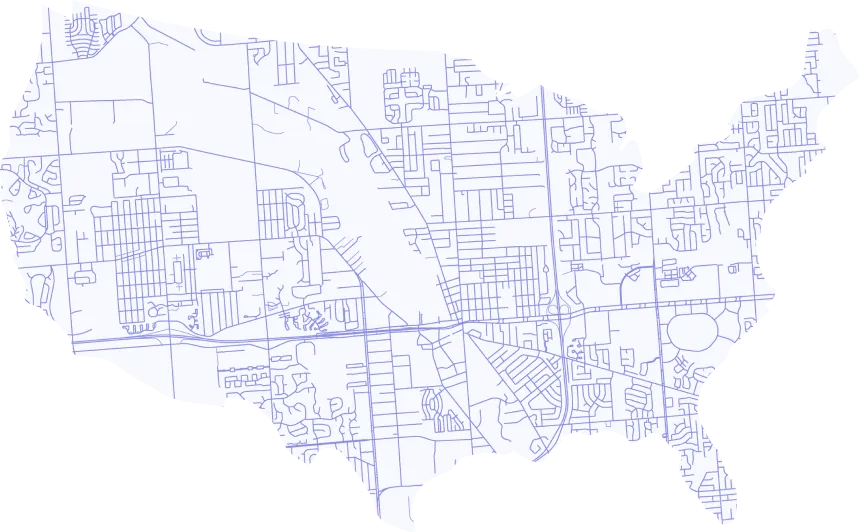Proven to Prevent Drunk Driving
Understanding the Problem
View Research 
Proven to Prevent Drunk Driving
The Solution

Rehabilitative
Offenders get to maintain their driving privileges and responsibilities with minimal intrusion.
0% Reduction In Recidivism
Drivers showed a 36% reduction in recidivism after the ignition interlock was removed.
0sec
Minimal intrusion.
It only takes 30 seconds more to start your car.
Preventative
Ignition interlocks are the only solution proven to prevent alcohol-impaired drivers from starting their vehicle.
Cost-Effective
Ignition interlock programs offer more affordable solutions to high insurance claims, maintenance and ride-sharing services.
$0/day
Low cost over time.
Ignition Interlocks cost only $3/day on average.
0% More Effective Than Suspension
Ignition interlock devices are 74% more effective than license suspension in reducing drunk driving recidivism.
0
Million Attempts Stopped
In 2022 alone, ignition interlocks prevented 3.1 million attempts to drink and drive.
0
Million Attempts Stopped
Since 2006, ignition interlocks have stopped 35 million attempts to drink and drive.
How Ignition Interlock devices work.
A breathalyzer, about the size of a cell phone, is installed in a vehicle to prevent it from starting if the driver’s Breath Alcohol Concentration (BrAC) exceeds the state’s interlock limit.
These systems increase public safety while still caring for the dignity of the offender.

What the data says.
There are currently 35 states and the District of Columbia that have first-offender laws that require the use of ignition interlocks. In these states, drunk driving offenders with interlock devices are required to upload data about their attempts to start their vehicles. Our manufacturers collect data and report to monitoring authorities who then adjudicate cases involving offenders.
Through this data, we are able to provide comprehensive statistics about how many intoxicated drivers have been stopped behind the wheel.
View Research


